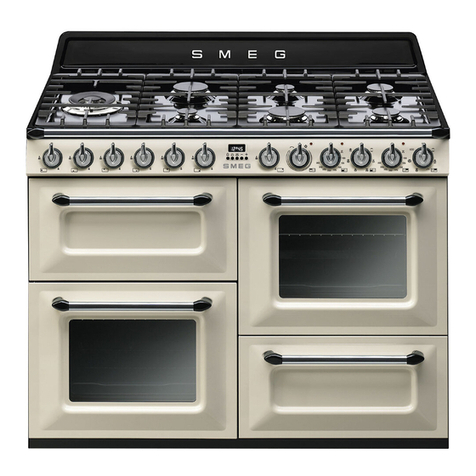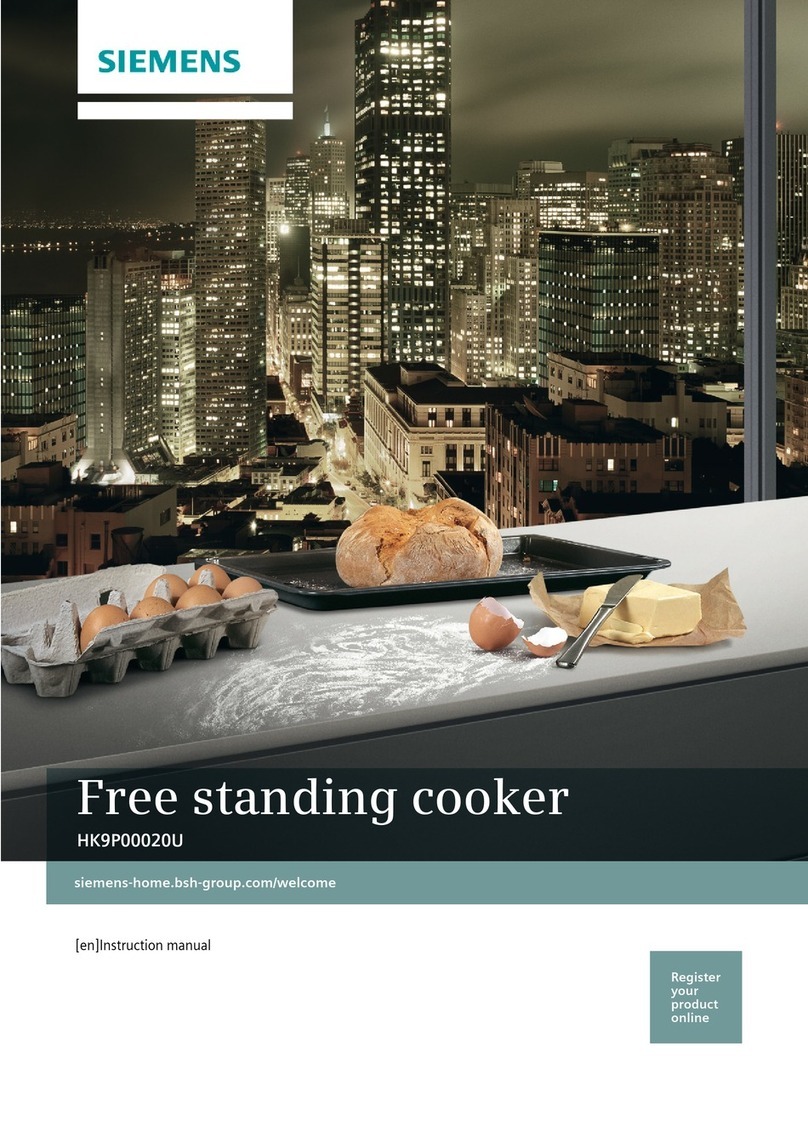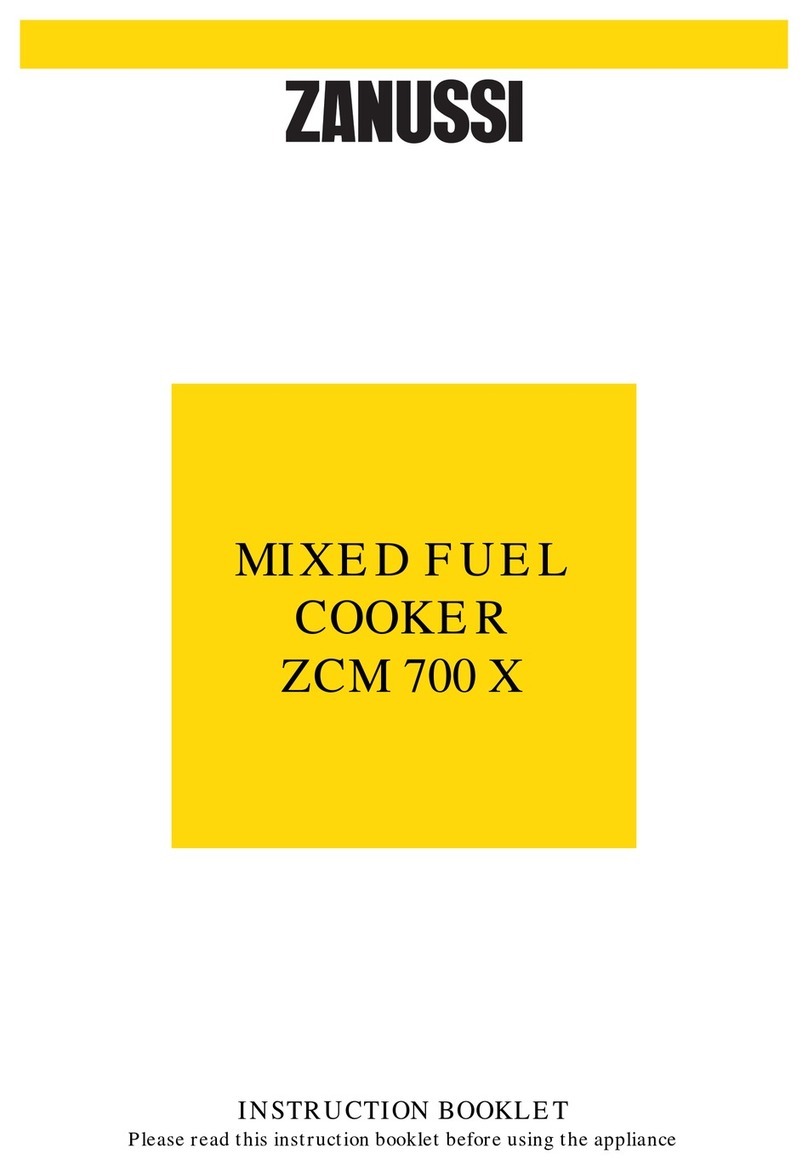Smeg CS95GMBNA User manual
Other Smeg Cooker manuals

Smeg
Smeg CS9GMNHA User manual

Smeg
Smeg Classica Sinfonia Series User manual
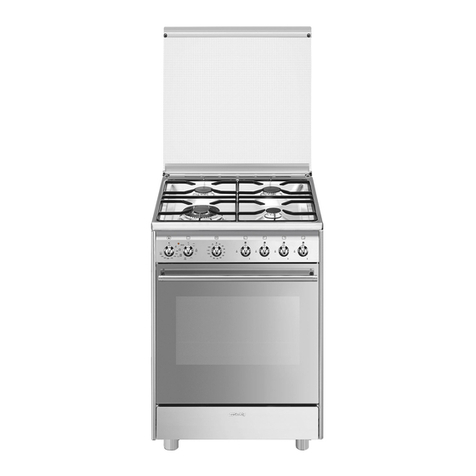
Smeg
Smeg CX68M8-1 User manual

Smeg
Smeg SY92IPX9 User manual

Smeg
Smeg Portofino CPF92IMA User manual

Smeg
Smeg Symphony SYD4110I-1 User manual

Smeg
Smeg Mista Aesthetic User manual
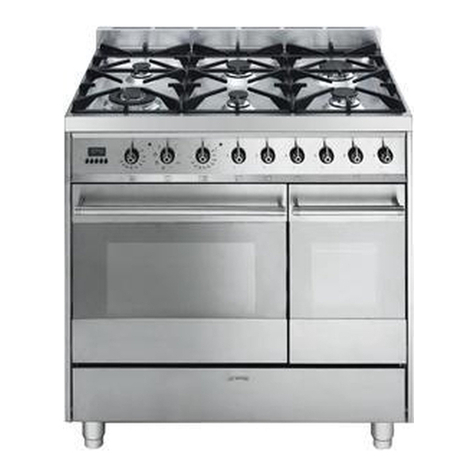
Smeg
Smeg C92GMX User manual

Smeg
Smeg A31X-7 User manual
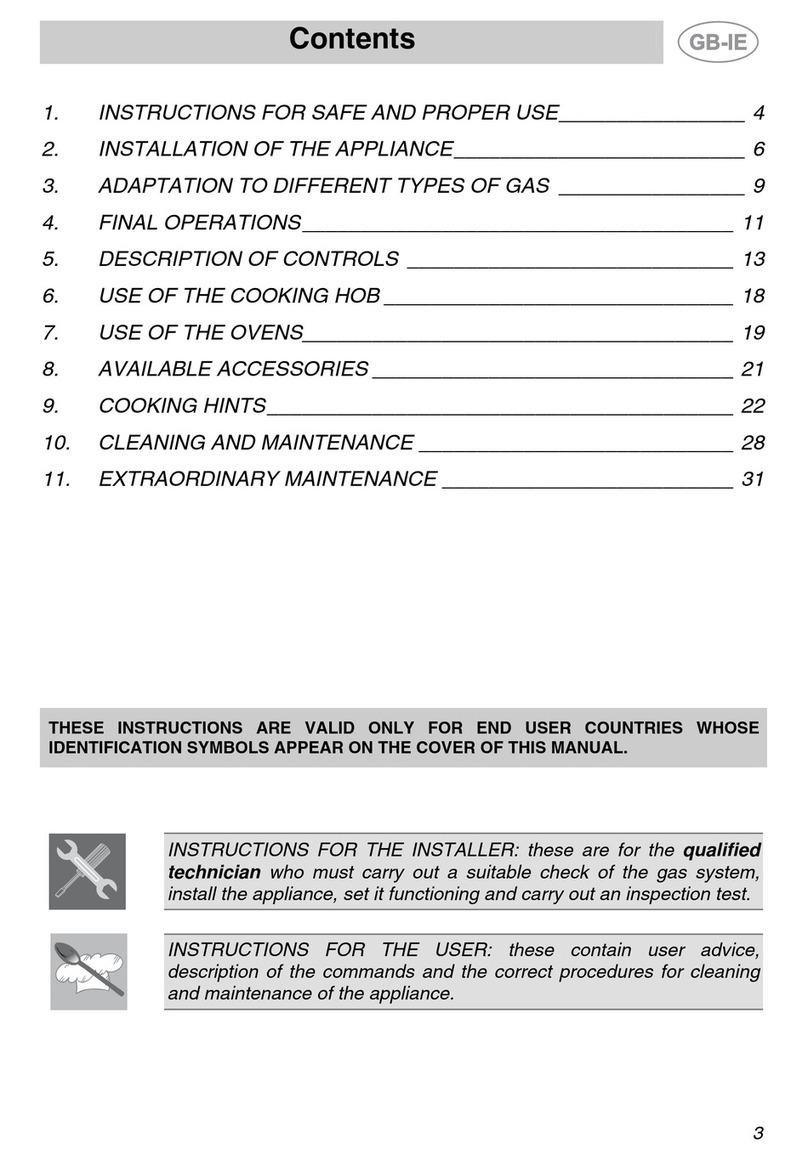
Smeg
Smeg A2EA User manual

Smeg
Smeg Portofino CPF92GMBL User manual

Smeg
Smeg BG91IAN2 User manual

Smeg
Smeg B60GMXI9 User manual

Smeg
Smeg SNL61MA9 User manual
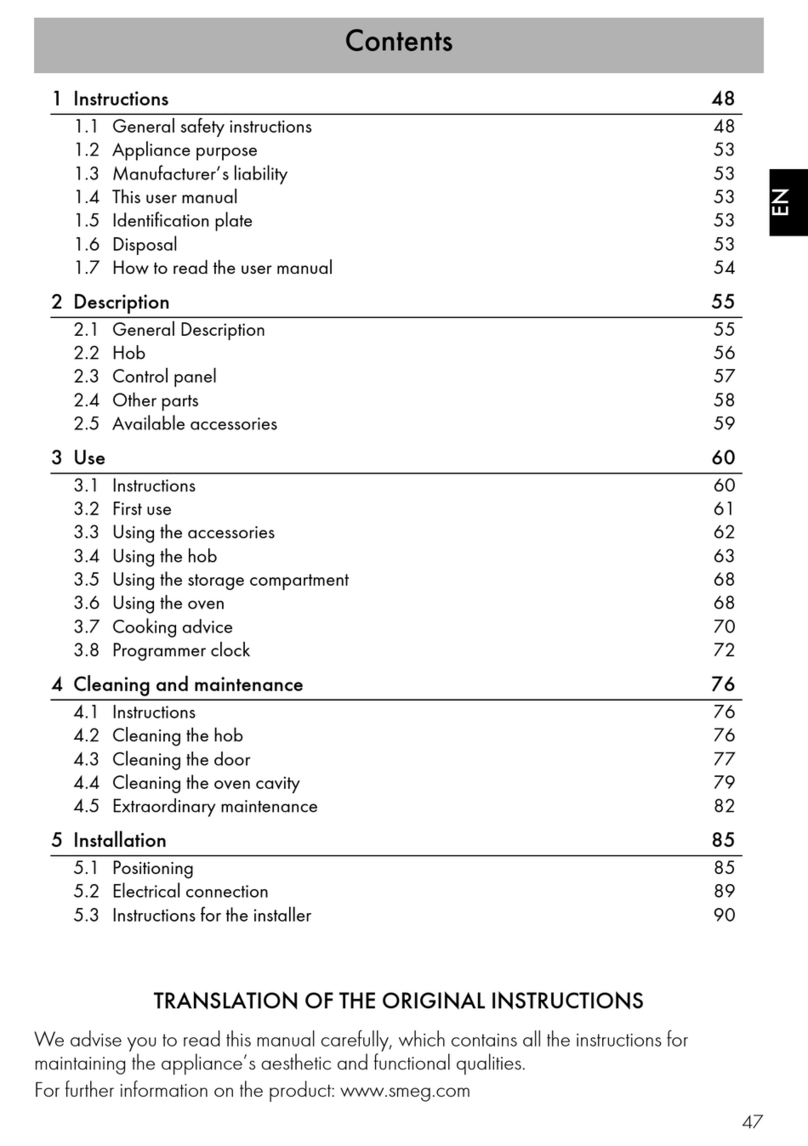
Smeg
Smeg TR60IP User manual
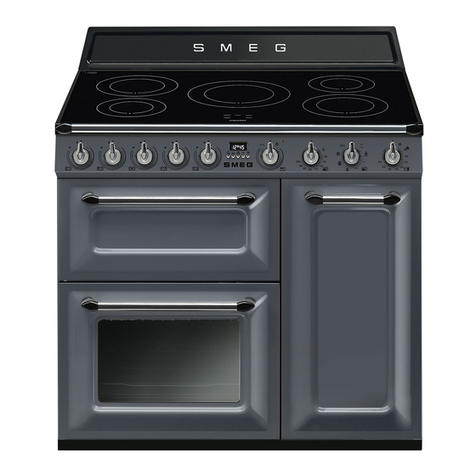
Smeg
Smeg Victoria TR93IGR User manual
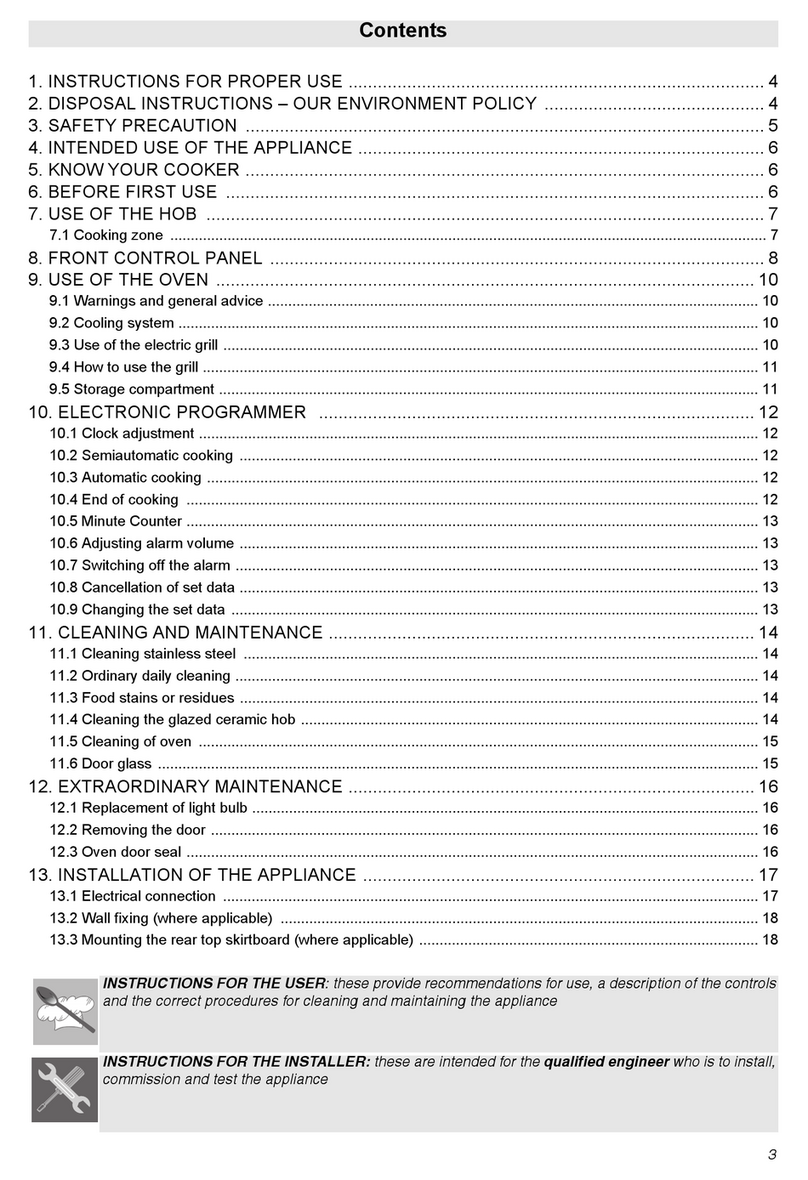
Smeg
Smeg SA9066CER User manual

Smeg
Smeg Mista User manual
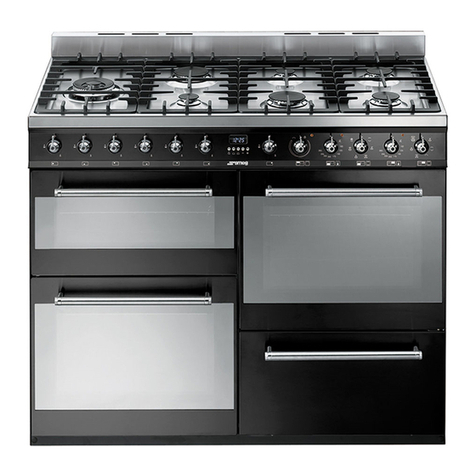
Smeg
Smeg SYD4110BL User manual
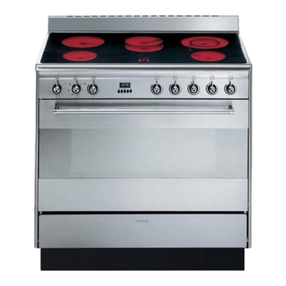
Smeg
Smeg SUK91CMX5 User manual
Popular Cooker manuals by other brands

RiverGrille
RiverGrille TF2002501-RG Assembly instruction

Vollrath
Vollrath 69504F Operator's manual
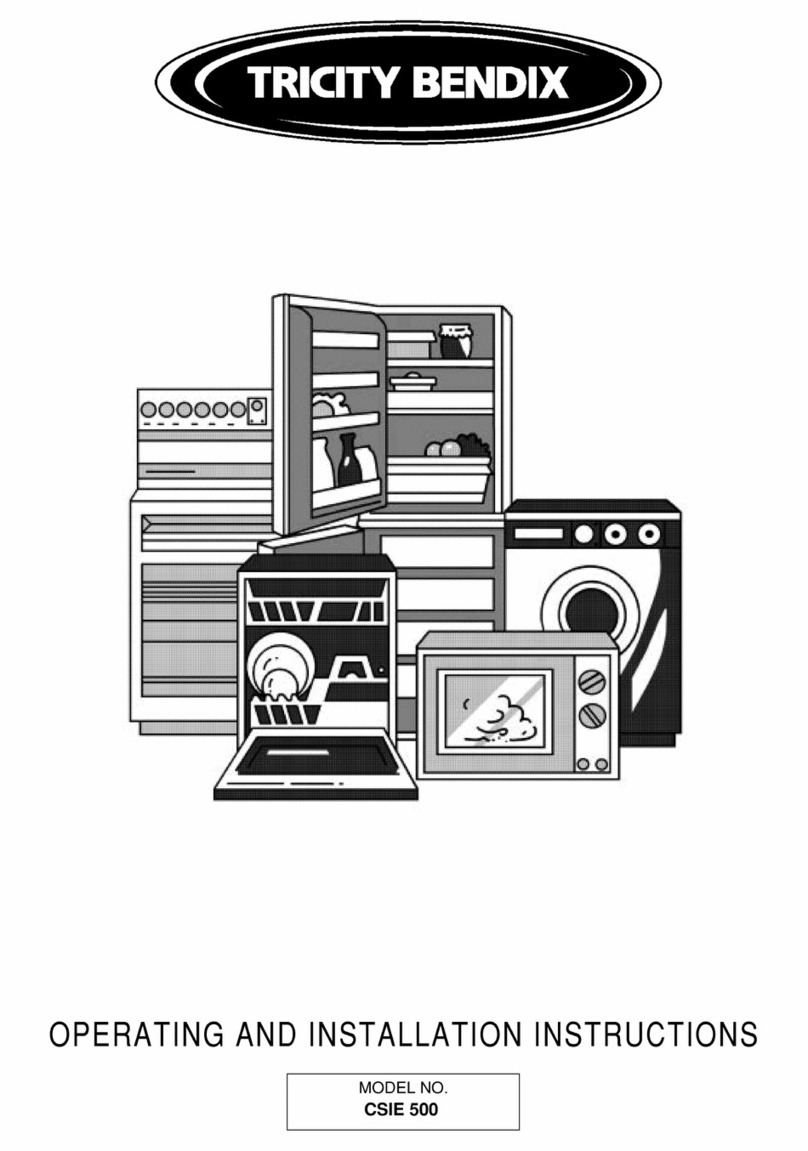
Tricity Bendix
Tricity Bendix CSIE500 Operating and installation instructions
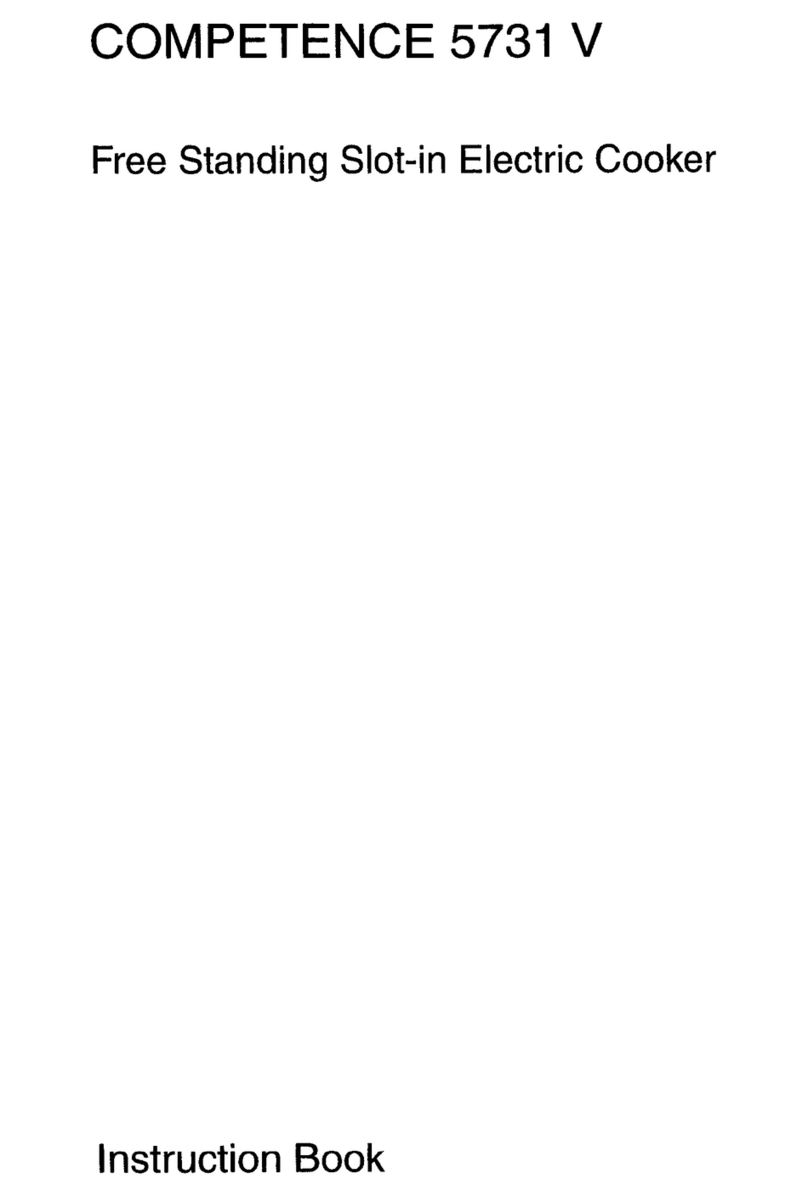
AEG
AEG Competence 5731 V Instruction book

Euromaid
Euromaid ES60 Installation and operation manual

Hotpoint
Hotpoint HUI 62 TP Instructions for installation and use



